We may earn money or products from the companies mentioned in this post. This means if you click on the link and purchase the item, I will receive a small commission at no extra cost to you ... you're just helping re-supply our family's travel fund.
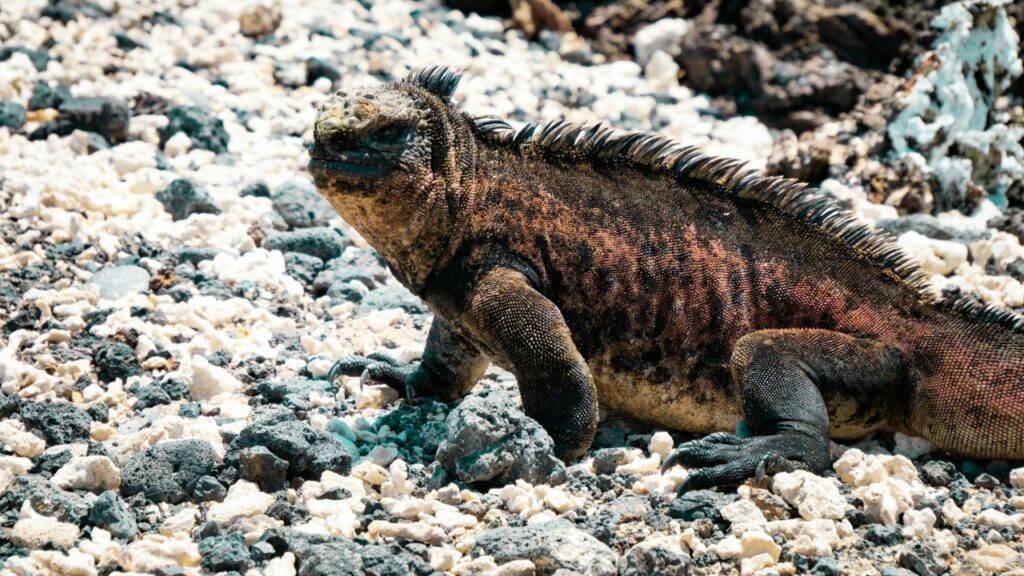
Imagine stepping onto a shore where the rules of the modern world have not yet reached, a place where isolation has acted as a shield. On these remote islands, evolution has charted its own unique course, creating creatures found nowhere else on Earth. To visit one of these living arks is more than a trip; it is a pilgrimage. It is a chance to witness the resilience of life in its purest form and to see firsthand the fragile, precious worlds that are thriving against the odds.
1. Galápagos Islands, Ecuador
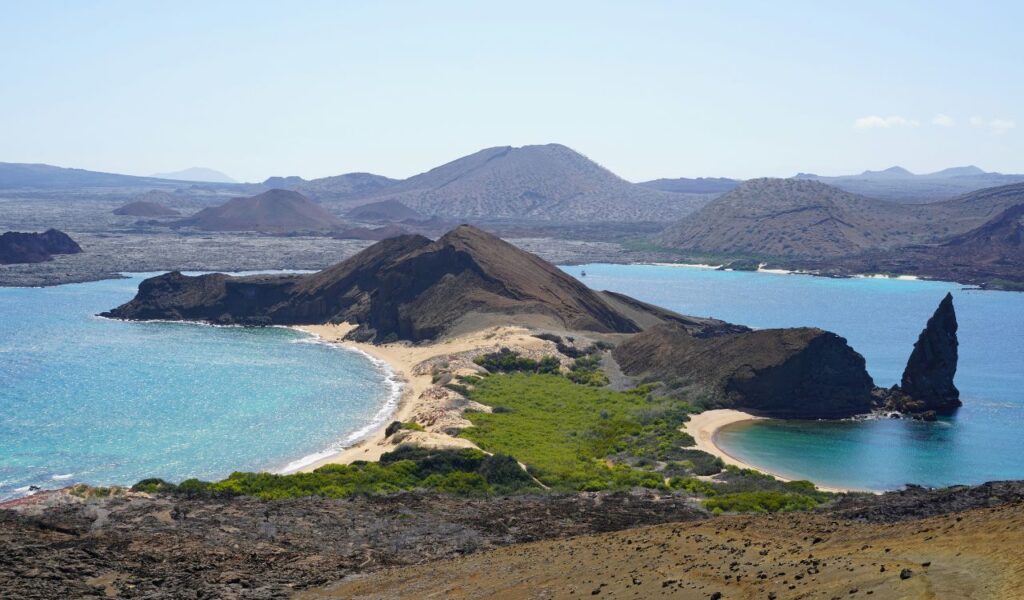
This is the living laboratory that inspired Darwin, and its magic remains palpable. Here, you can swim with marine iguanas, the only lizards on Earth that forage in the sea, and walk among giant tortoises that move with ancient wisdom. The animals show a remarkable lack of fear, a testament to their long isolation. To look a flightless cormorant in the eye is to feel a profound connection to a world shaped not by humans, but by time itself.
2. Socotra, Yemen
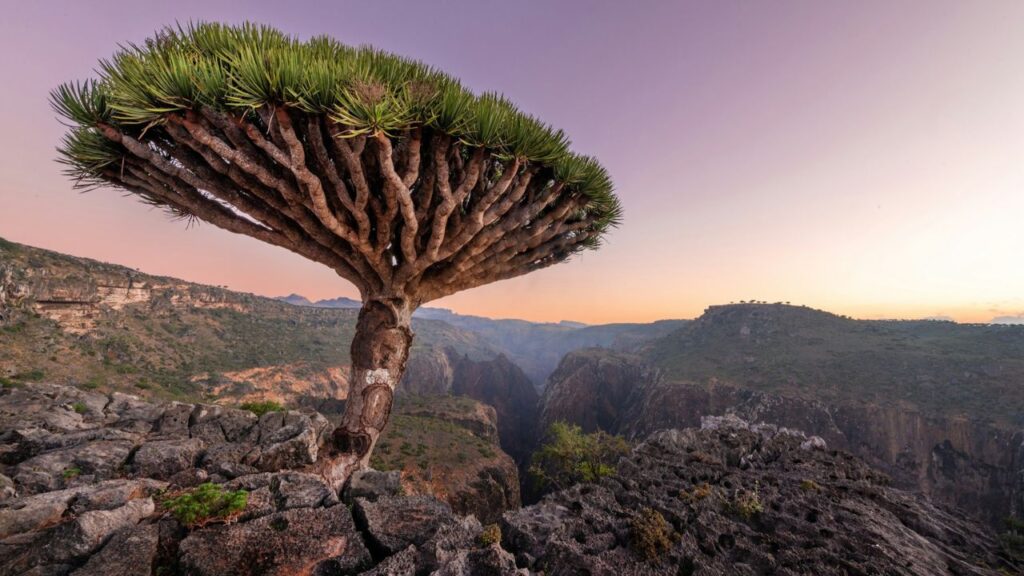
To set foot on Socotra is to feel like you have landed on another planet. This arid, otherworldly island in the Arabian Sea is a UNESCO World Heritage site, home to hundreds of species that exist nowhere else. You will see dragon’s blood trees with their umbrella-like canopies and the bizarre, bottle-shaped desert rose. Its extreme isolation has created a unique ecosystem where rare birds like the Socotra sunbird and Egyptian vulture find a crucial, protected refuge.
3. Madagascar
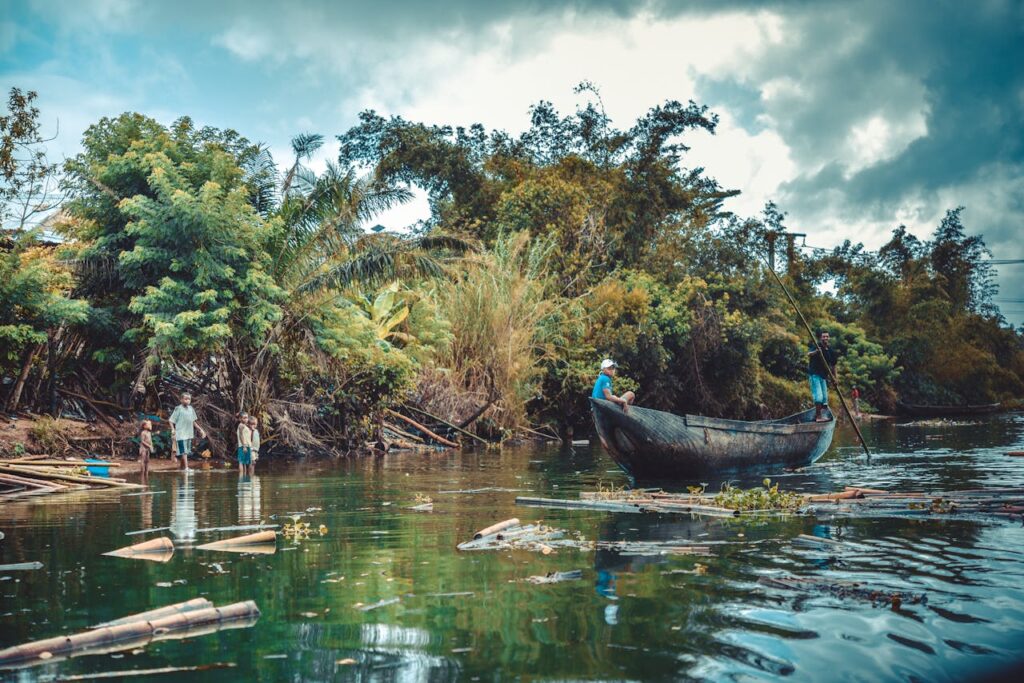
Separated from Africa for 88 million years, Madagascar is an evolutionary experiment of continental scale. It is the exclusive home of lemurs, a charismatic group of primates that leap through the spiny forests and sing hauntingly in the rainforest canopy. Here, you can find over half the world’s chameleon species and a staggering number of other endemic plants and animals. This island is a powerful reminder of how life flourishes when given its own separate world to inhabit.
4. Komodo Island, Indonesia
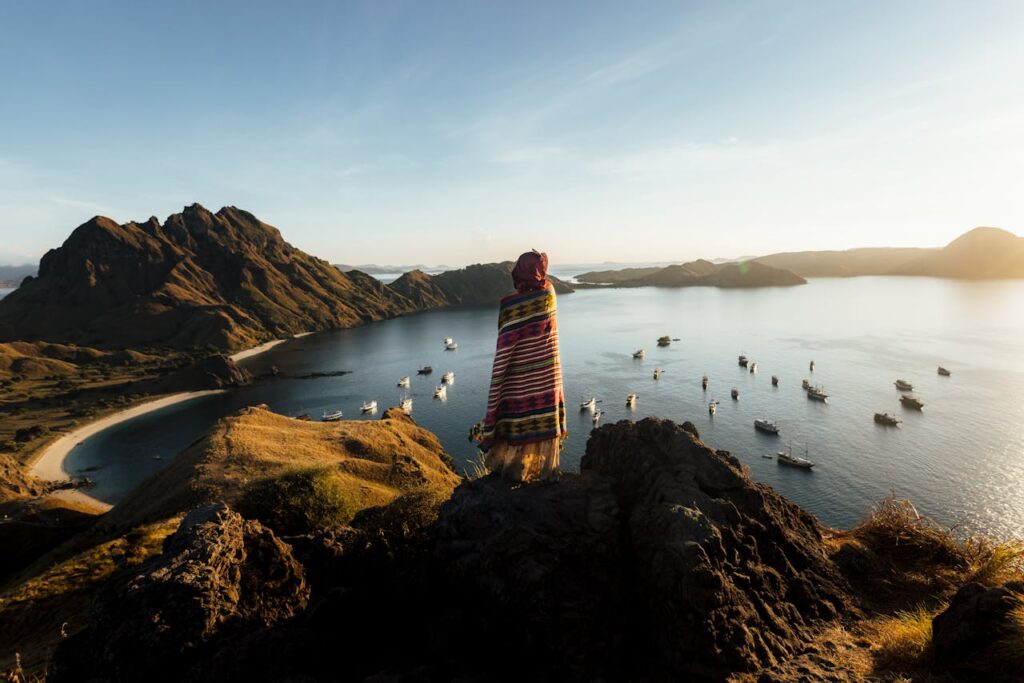
Here, dragons are real. The Komodo dragon, the world’s largest and heaviest lizard, is the undisputed king of this rugged volcanic island. Watching one of these primeval reptiles patrol its territory is a humbling and awe-inspiring experience. Protected within Komodo National Park, these magnificent predators are a direct link to a prehistoric past, thriving in a landscape that feels as ancient and untamed as they are.
5. Kangaroo Island, Australia
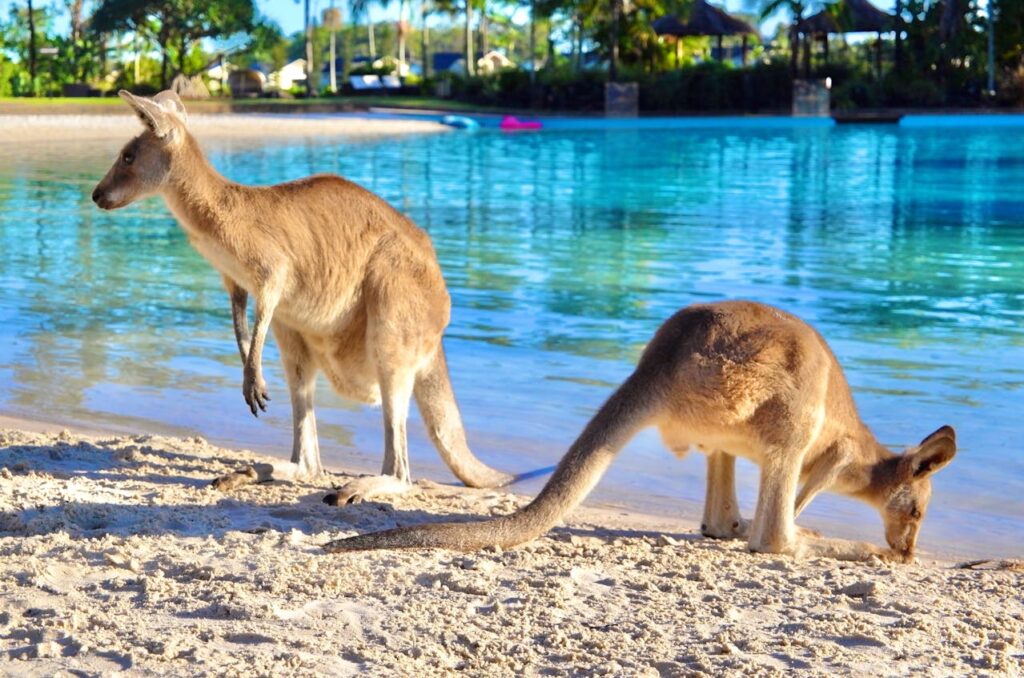
Often called Australia’s “natural zoo,” this island off the southern coast has become a vital sanctuary. It is a refuge for the endangered glossy black-cockatoo and home to a unique subspecies of kangaroo that is smaller and darker than its mainland relatives. Following devastating mainland bushfires, the island’s genetically diverse koala population has become even more critical for the species’ survival. It is a powerful example of an island serving as a final, crucial ark.
6. Christmas Island, Australia
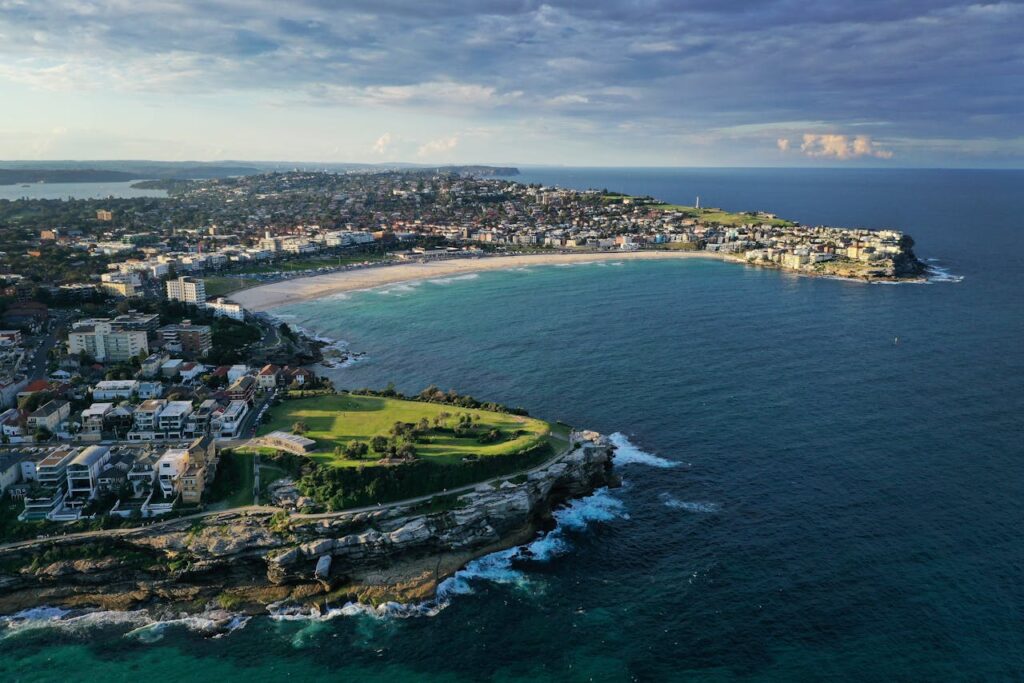
This remote speck in the Indian Ocean is famous for the spectacular annual migration of millions of red crabs, but its conservation value runs much deeper. It is the last remaining nesting habitat on Earth for the endangered Abbott’s booby and the critically endangered Christmas Island frigatebird. Standing on its dramatic sea cliffs, you can watch these magnificent seabirds soar on the tropical winds, a sight that is now impossible to witness anywhere else.
7. Aldabra Atoll, Seychelles
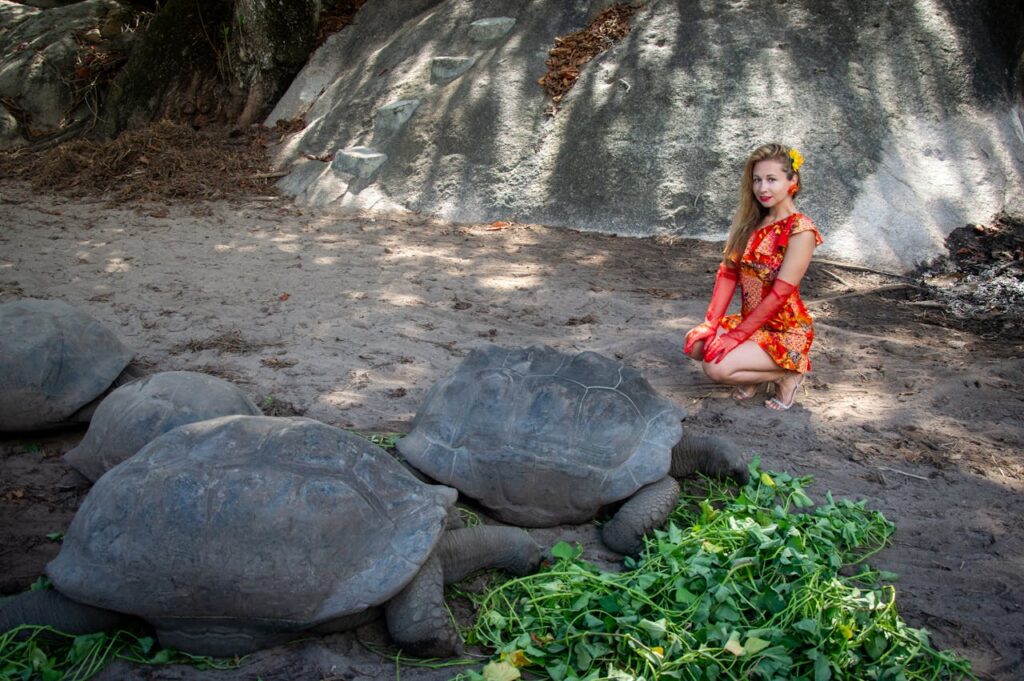
On this vast, raised coral atoll, the world is ruled by tortoises. Aldabra is home to the world’s largest population of giant tortoises, with an estimated 100,000 individuals—more than the entire human population of the Galápagos. This remote UNESCO site is so difficult to access that it has remained almost untouched by human influence. It offers a rare and precious glimpse of what an island ecosystem looked like thousands of years ago, dominated by giant herbivores.
8. South Georgia Island
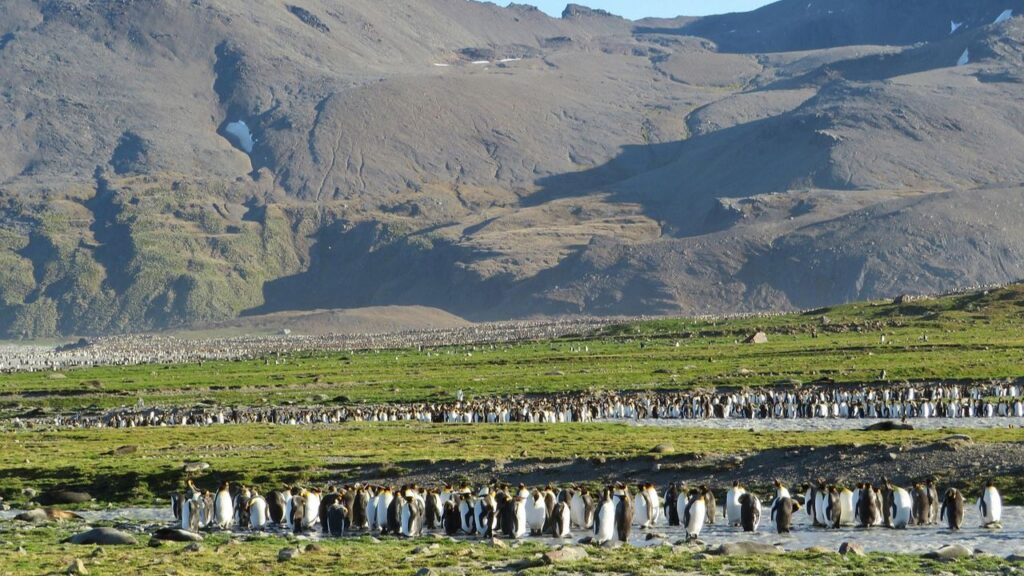
In the windswept expanse of the subantarctic, South Georgia is a cathedral of life. Its shores are packed with hundreds of thousands of stately king penguins, whose calls create an overwhelming symphony. The island is also a crucial breeding ground for wandering albatrosses, which have the largest wingspan of any bird on Earth. After being devastated by the whaling and sealing industries, the island’s recovery is a powerful and inspiring story of nature’s resilience.
9. Channel Islands, California
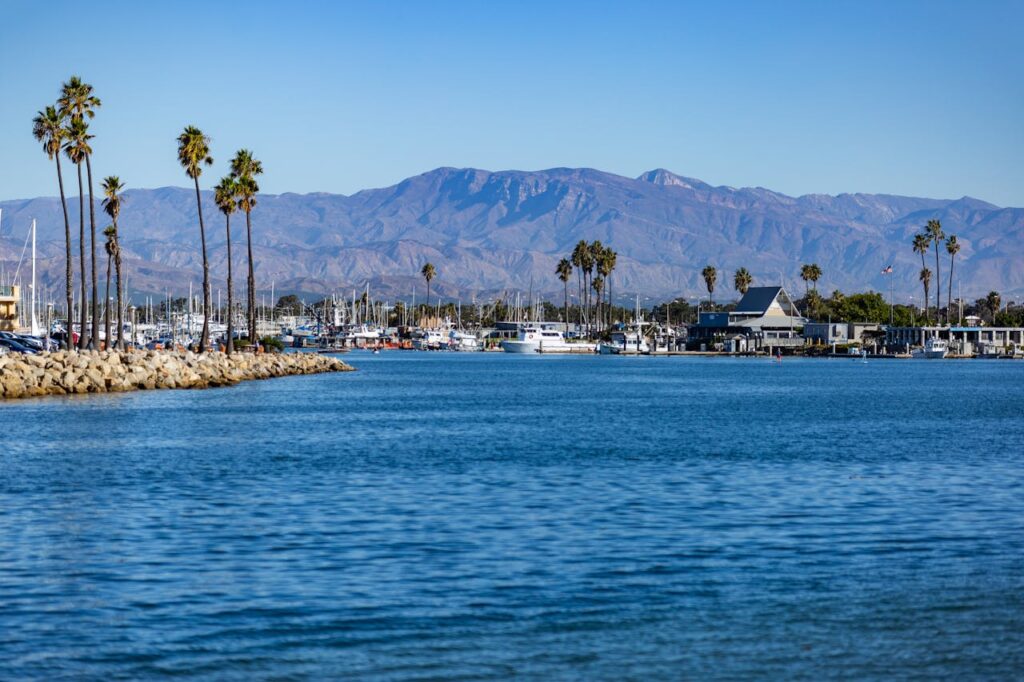
Just a short boat ride from the bustling coast of Southern California lies a wild and forgotten world. This archipelago is home to the island fox, a charming and diminutive relative of the mainland gray fox. After facing near extinction, this species has made a remarkable comeback thanks to intensive conservation efforts. The islands also host the only known nesting colony of the California brown pelican, proving that vital wild refuges can thrive right in our own backyard.
10. Tiritiri Matangi Island, New Zealand
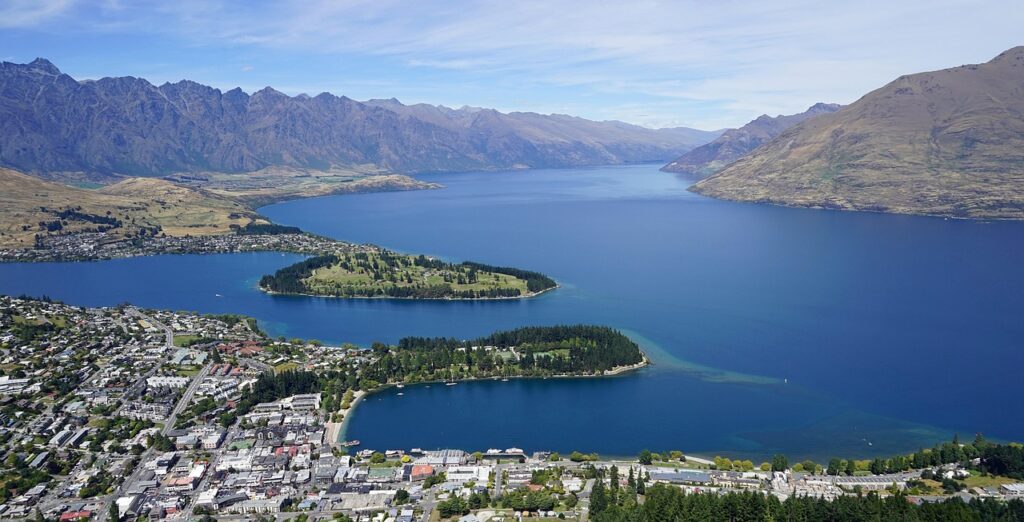
This small island near Auckland is an inspiring story of ecological rebirth. Once stripped of its native forest, Tiritiri Matangi has been meticulously replanted and restored by thousands of volunteers. Now a predator-free open sanctuary, it is filled with the deafening sound of birdsong. Here, you can see some of New Zealand’s rarest birds, including the flightless takahe and the little spotted kiwi, brought back from the brink of extinction. It is a powerful symbol of hope.